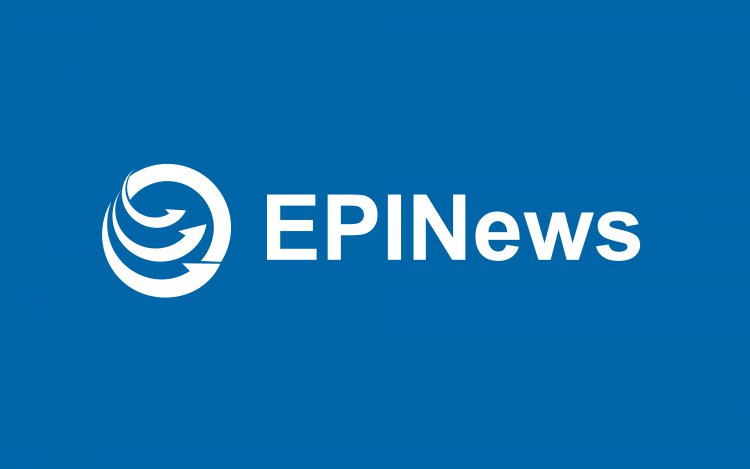
As economic challenges intensify in Iran, food insecurity and its associated malnutrition consequences have emerged as a serious threat to the health of millions across the country. Recent official data reveals that residents in certain provinces are facing particularly dire circumstances.
Mohammad Esmail Motlaq, head of the Secretariat of the High Council of Food Safety and Security, recently identified eight provinces where residents are at high risk of food insecurity: Sistan and Baluchistan, Kohgiluyeh and Boyer-Ahmad, Ilam, Hormozgan, Bushehr, Khuzestan, Kerman, and Khorasan.
In response to this crisis, Iranian authorities have developed a ‘minimum basket’ program, which outlines the daily and monthly food requirements for maintaining health. The Ministry of Health claims to have compiled this minimum food basket “with the participation of university professors, nutritionists, and experts.” However, Iran’s labor community has repeatedly criticized the program, arguing that it fails to meet the minimum caloric needs of families. Critics suggest that the government has reduced the recommended calorie intake and per capita amounts of high-inflation foods such as meat and rice in this basket.
Despite these concerns, the Supreme Labor Council used the Ministry of Health’s minimum wage guidelines when determining workers’ wages in March 2023, resulting in a mere 27% increase in workers’ rights. This figure falls significantly short of the current inflation rate, leaving minimum wage earners unable to cover even basic expenses like rent.